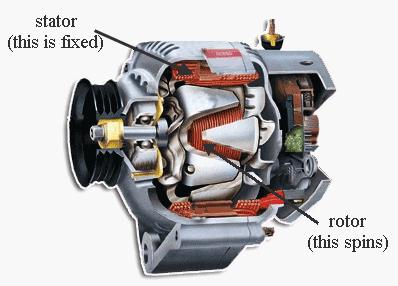W wire is usually just a tapping from one of the windings just before the diode, which means its AC. I'm not sure how you'd calculate the frequency, but if you have a multimeter with frequency measurement you should be able to read it with that.
There should be plenty of circuits on the Arduino forums etc showing how to measure AC frequency.
Steve
1985 County - Isuzu 4bd1 with HX30W turbo, LT95, 255/85-16 KM2's
1988 120 with rust and potential
1999 300tdi 130 single cab - "stock as bro"
2003 D2a Td5 - the boss's daily drive



 Reply With Quote
Reply With Quote




Bookmarks